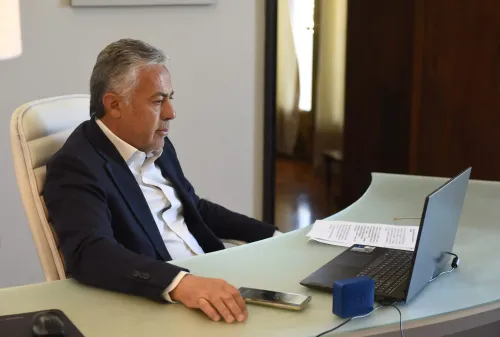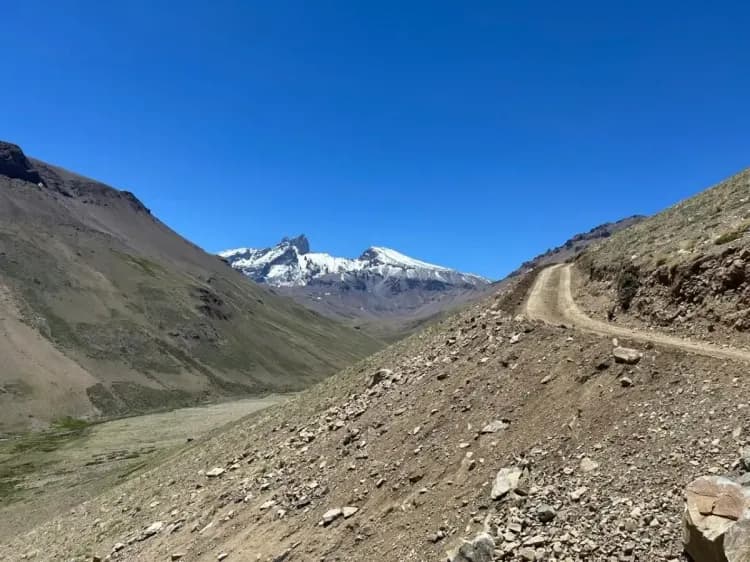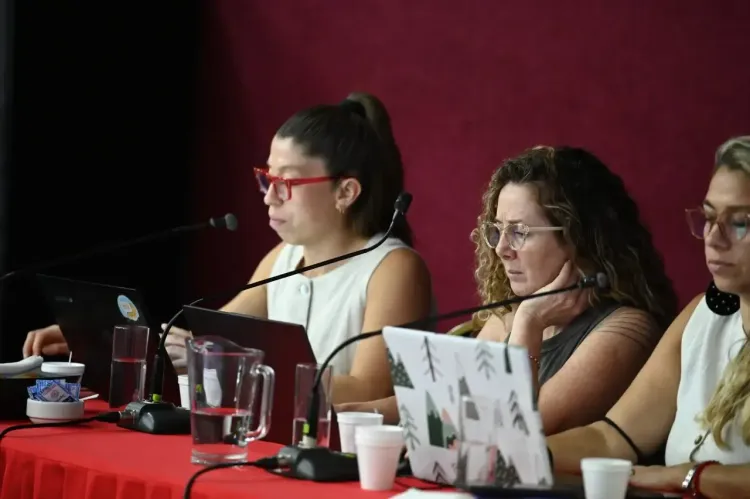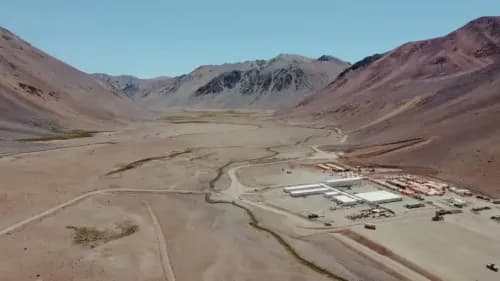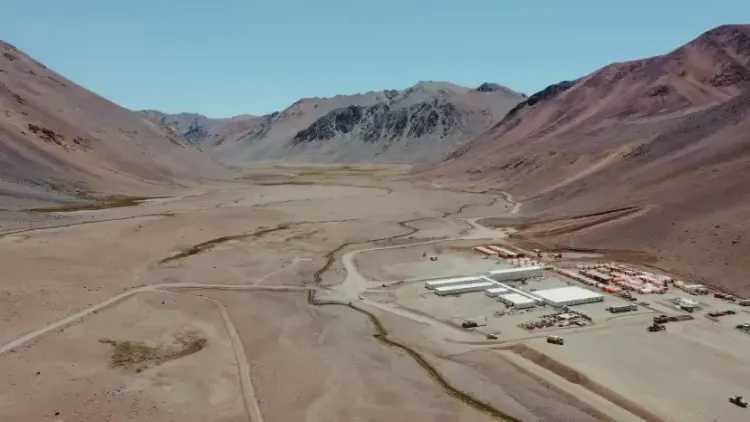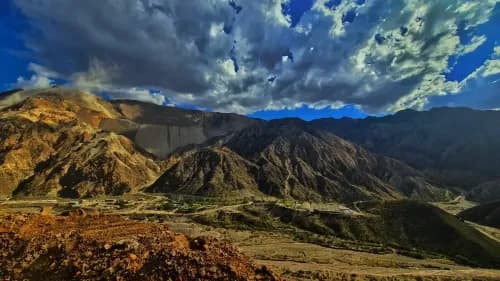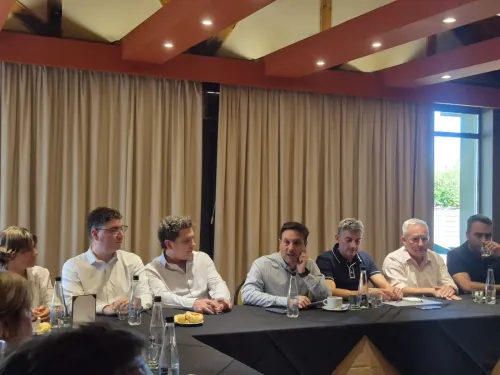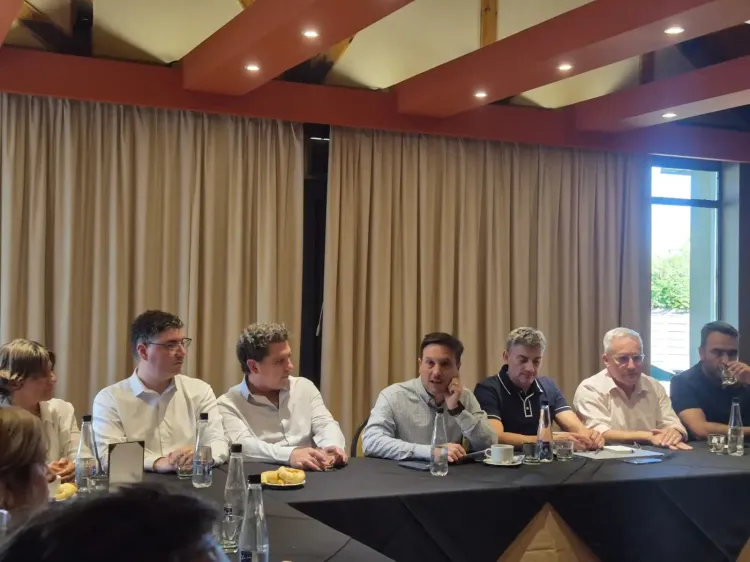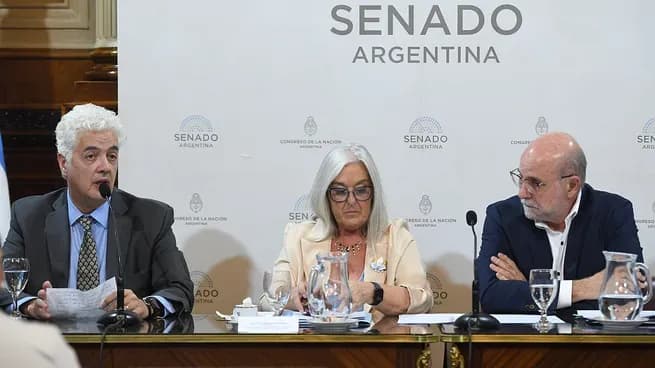With a tradition that spans over 100 years, the Olavarría region in the province of Buenos Aires stands as a benchmark in the non-metallic industry. Details in an interview with Daniel Lencina, its Mining Director.
By Panorama Minero
Olavarría is the main mining district in the province of Buenos Aires. How much does this sector represent in the local economy?
Mining activity represents one of the main productive chains in the Olavarría district, with 24 mining extraction companies, distributed as follows:
-15 producers of aggregates
-2 of the country's main cement companies
-2 factories of hollow bricks
-4 factories of hydraulic lime
-1 factory for the production of granite blocks for marble works
This activity directly generates 2,400 jobs and a large amount of indirect work if multiplied by a coefficient of 3.5, where third-party service sectors to the industry are developed. A demonstration of the impact and development of the service sector is the establishment of five industrial parks that provide skilled labor, equipment, and logistics to support the activity.
The province of Buenos Aires concentrates the highest percentage in terms of the value of non-metallic production and application rocks, with this participation being 30% in the main consumption and distribution center, which is the Metropolitan Area of Buenos Aires (AMBA), one of the main areas where local mining products are consumed. Within the province of Buenos Aires, there are different productive centers where mining activity is highly relevant, such as Olavarría, which generates extensive logistical activity and heavy vehicular transportation, both by road and railway, with 90% of the cases not exceeding 400 km of distance and annually transporting more than 13.5 million tons derived from mining.
The minerals of Olavarría essentially supply the construction industry, whose activity plays a fundamental role in the economy of Argentina and the local economy. Its importance is not only based on its impact on economic development and growth but also on the extensive value chain it involves due to its relative weight in the economy, with widespread links to other productive sectors. The construction industry has as its fundamental bases for its development public works and private works in both residential and non-residential aspects.
What mineral substances are produced in Olavarría?
The Olavarría District stands out as the mining center and main producer in the Province of Buenos Aires since it has strategic minerals for its development such as granite, limestone, dolomite, clays, and byproducts derived from industrial processes such as cement, hydraulic lime, and ceramic products. Olavarría is the main producer of cement at the national level, as it produces 50% of the total annual production, it is the main producer of aggregates (crushed stone) in the region, and currently, hollow brick production has gained notable relevance, positioning the local ceramic industry as the main supplier in the province of Buenos Aires.
Additionally, it has supply companies, exploration, exploitation, services, marketing, and local consumers, generating different relationships among them, such as productive linkages or business clusters, with a focus on increasing productivity and the utilization of mineral resources.
Is there any kind of promotion of mining activity from the public sector?
The Municipality of Olavarría has been developing various support programs for the mining sector, among which are:
Program for Support to Mining SMEs, which seeks to strengthen and improve the productive, technological, and competitive quality of small mining producers.
Program for support and insertion of future mining establishments, which aims to develop mining in strategic sectors, advising and guiding investors in the establishment of their companies, as well as analyzing infrastructure development strategies to accompany the investor.
Program for development and energy efficiency. Through this program, efforts are made to improve the energy route and layout for the sector and propose new development alternatives for lines in strategic locations, as well as incorporate the use of alternative energies.
Forestation program for the mining sector and preventive actions in new establishments. Since the creation of the Municipal Nursery and in conjunction with the Agricultural Development Directorate, forest curtains have been incorporated into new mining ventures and quarry slopes.
Comprehensive training program for the mining sector. The program began in 2018 and continues; it has already delivered more than 360 certificates; the academic unit is ITECO and promotes the necessary training for the improvement of profiles such as Operation and Maintenance of Mining Equipment, Electromechanical Maintenance, Technologies for improving Productivity in SMEs, and Cardiopulmonary Resuscitation (CPR) and automatic defibrillator (AED). Currently, we have a hydraulic excavator driving simulator installed at ITECO (Olavarría Technological Institute), where the Higher Technician in Mining is taught.
Educational Visits Program to the Mining Sector. In conjunction with the Tourism Directorate, a system of guided visits to Factories and Quarries has been developed with the aim of connecting the sector with the educational community and promoting and strengthening the teaching and learning process of one of the main productive activities of Olavarría.
Mining Good Practices Manual. It is developed throughout the Mining District, and its main purpose is to safeguard mining production in its different forms, fundamental for the economy of the Olavarría District. The main objective is to strengthen its economic impact as a source of direct and indirect employment, as well as to protect the environment and the quality of life of the population and promote good coexistence with neighbors.
In addition to the organization of mining encounters where business rounds, machinery and tools exhibitions, and technical seminars by the main business units are carried out, with the incorporation of the itinerant exhibition ADN Mining Roots.
There are also technology linkage meetings applied to the territory together with companies, academic units, and CONICET, where problems are raised and exchanges are generated that favor intervention in the territory.
What is the level of acceptance and identification of the population with mining activity?
The Olavarría district stands out as the mining center and main producer in the Province of Buenos Aires; this importance is based on several aspects that have given it and give it that characteristic. One of them is our stone-cutting history with the development of extraction units and production processes that have more than a hundred years of history.
Mining is in the DNA of Olavarría: currently, we have producers of crushed stone companies that have exceeded 100 years of activity, such as Canteras Piatti, and we also have the first Portland Cement producer factory in South America since 1919, originally Lone Star, producer of Cement San Martín, now owned by Loma Negra. Also, we must not forget that we have one of the oldest lime production kilns, from 1868, by Ambrosio Colombo. We were also pioneers in manufacturing the cobblestones that covered many streets in Buenos Aires and cities in the region, more precisely in the quarries of the Gregorini family in Sierra Chica.
The mining of Olavarría has had in its origins a great influence of immigrants in the productive processes, mainly in the towns of Sierras Bayas, Sierra Chica, and Loma Negra (Villa Alfredo Fortabat), and that we could see reflected in an event that we held called "Olavarría ADN Mining Roots," an event in which recognition was made to the operators of the legendary mines and factories, pioneer families of mining - Piatti, Colombo, Aust, and Gregorini families - as well as fundamental companies for Olavarría such as Loma Negra, Cementos Avellaneda, and Cerro Negro. In this event, an itinerant exhibition was generated in conjunction with the Faculty of Social Sciences that graphically shows us, and with museum pieces, how our stone-cutting and industrial history has been.
How has social license developed over the years?
The Municipality has always managed a vision of sustainable mining based on coexistence with the community. In this sense, since 2010, an agreement has been signed between mining companies, the mining service sector, and the Municipality that generated a "Manual of Good Mining Practices," whose main objective is to strengthen its economic impact as a source of direct and indirect employment, as well as to protect the environment and the quality of life of the population and promote good coexistence with neighbors. This manual was prepared jointly with local professionals and professionals from the Polytechnic University of Madrid, whose experience in the development of good practices and socio-community relations has been ongoing for some time. Dialogue and consensus are essential for territorial intervention agreements.
On the other hand, and together with the Stone Chamber of the Province of Buenos Aires and the industrial productive sector, work has been done on training and professional practice, so that it allows us day by day to generate safe, responsible, and sustainable mining. These training activities are framed within the "Comprehensive Training Program for the Mining Sector," whose objective is to train skilled labor for the sector, as well as to improve practices in safety, hygiene, and health through participatory meetings with academic units.
What can be expected from the future of Olavarría with the mining industry?
The mining industry of Olavarría has always been and will be fundamental for the economic development of the region, this has positioned mining companies as the economic engine that drives and generates a value chain at the regional level that involves industrial parks, mining and industrial service sectors, transportation, and logistics, among others, and that also includes the contribution to the training of professionals and technicians trained in universities and technical institutes in the region, which has given the city of Olavarría the character of an industrial hub and generator of knowledge applied to the industry. Although public works and the private construction market are fundamental for the optimal performance of mining and manufacturing companies, it is clear that the installed potential in the region is fundamental to supply the main market that consumes local production (AMBA) whose distance does not exceed 400 km of transportation and logistics.





